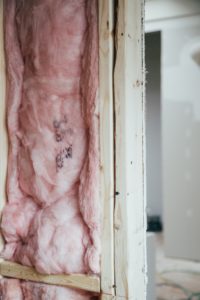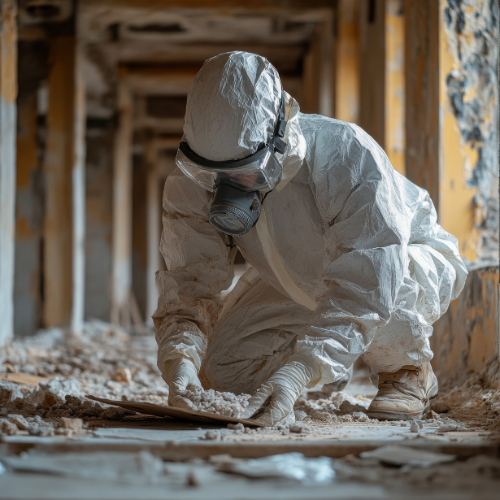
Over a majority of the 20th century and well into the 21st, thousands of United States citizens have plied their trade as insulators, working in residences and commercial buildings. In 2018, 58,000 held jobs that involved installation, repair, or removal of insulation, according to the United States Bureau of Labor.
Over time, awareness has grown regarding the link between asbestos work and mesothelioma, a deadly form of cancer. Like their predecessors, insulation workers face the same risk of contracting mesothelioma by inhaling or ingesting microscopic asbestos fibers.
Devastating Data
While they can be diagnosed with any form of mesothelioma, insulation workers, in particular, are most susceptible to a rare form of the disease. Looking at data from 1990, the Centers for Disease Control and Prevention (CDC) identified 278 out of 17,800 insulation workers in both the United States and Canada diagnosed with mesothelioma.
Peritoneal mesothelioma, accounting for approximately 20 percent of all diagnoses, was found in 160 of those workers, more than half. The more common (80 percent) pleural mesothelioma was found in 97 workers.
The CDC study also validated the most sinister aspect of mesothelioma: the latency period between exposure and diagnosis. Half of the insulation workers saw latency periods ranging between 30 and 39 years. That span of time is longer than most cancers, making detection a significant challenge and providing a false sense of security to workers years and decades away from asbestos exposure.
The shuttering of mines, while a step in the right direction, still won’t stop the high possibility of a serious illness decades after closure.














